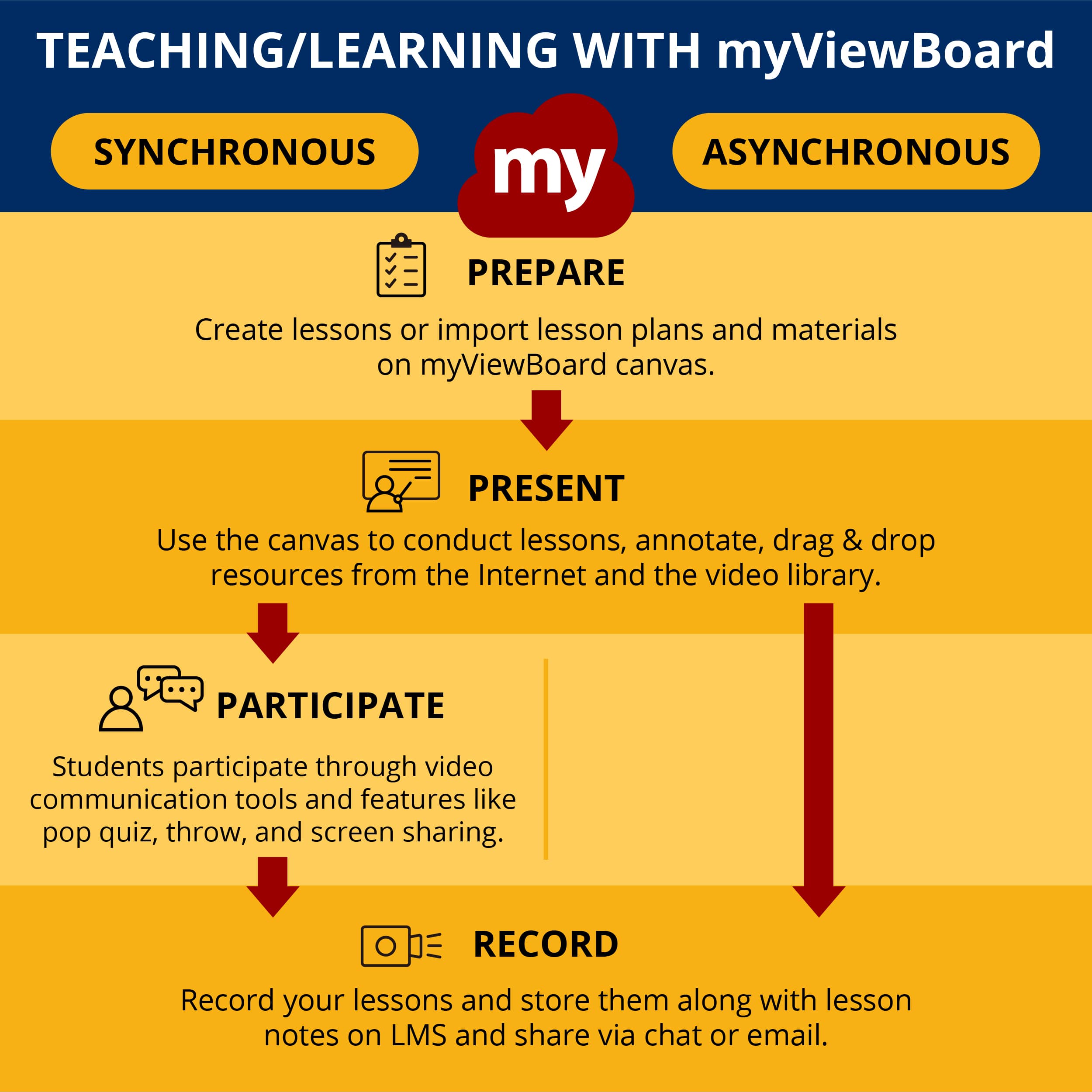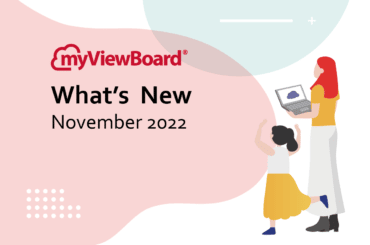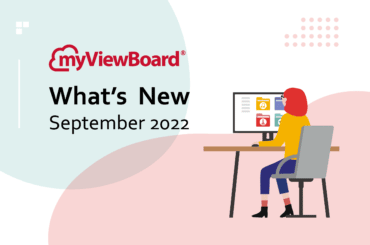This post is also available in: Español (Spanish) 繁體中文 (Chinese (Traditional)) Français (French)
Today it is easier than ever to learn online. However, the way in which you learn might vary depending on which type of course or school you enroll in. So it’s useful to know what types of online lessons are available and furthermore which might best suit you. What exactly is asynchronous and synchronous learning? In which style of learning are you most likely to find success?
Continue reading to find out more. Or see our complete distance learning solution.
Many online teaches need to compare asynchronous learning and synchronous learning. With asynchronous learning reducing interactivity to improve flexibility, synchronous learning does the opposite.
Each has a place in distance education. Find out which works best for your lessons.
What Is Asynchronous Learning?
The term asynchronous means that two things are occurring or existing at different times. So when we think of asynchronous online education we can think of learning and teaching that are not happening in real-time.
Take for example a Youtube clip on the basics of photography.
This video was created on one day, while the students learning from it are learning on another. Anytime you have teaching and learning that are not happening at the same time you have asynchronous learning.
This form of online education has gained enormous popularity in recent years due to its convenience and accessibility. Some examples of online Asynchronous resources include…
Benefits of Asynchronous Learning
What sets asynchronous learning apart from synchronous learning is the ability to schedule and learn at your own pace.
Unlike other more rigid styles of online learning, asynchronicity offers students flexibility, which makes it a tempting choice for the modern student who is likely working in addition to going to school. In fact, now more than ever students have become full-time workers.
Why Flexibility Matters
Flexibility matters because it can make a difference in students failing or overcoming barriers throughout their education. Newfound flexibility can bring students the opportunities they may have otherwise missed out on due to scheduling or time constraints.
Maybe that coding class you wanted to take is now available to you because you are learning through asynchronous lessons. Or perhaps you can now accept an internship that you once feared would interfere with your graduation timeline. At the end of the day, when you allow students greater flexibility you increase their opportunity and likelihood for success.
What Is Synchronous Learning?
On the contrary, synchronous learning is learning that does happen at the same time. The word synchronous, as you might have guessed, is related to the term “in sync.” So it becomes easy to think of synchronous in the context of online education as teaching and learning that are “in sync” with one another.
These days two of the most common forms of online synchronous learning are live streaming and video conferencing.
Benefits of Synchronous Learning
However, you should not count out synchronous learning just yet. It may even prove to be the better option. For those that value instant feedback and greater engagement between students and educators, a synchronous program is worth considering.
Immediate feedback from instructors is one of the greatest advantages in synchronous learning. While asynchronous learning sometimes delays communication between students and teachers this is not so much the case in synchronous learning. Having the teacher available and right in front of you is enormously beneficial while learning. When you need to ask a question or search for clarification immediate feedback saves you time and money.
Furthermore, depending on your personality type, it might even put some positive pressure to focus on what’s happening if there is a real person staring at you on Skype.

What it Comes Down to You…
What kind of learning am I trying to accomplish? Am I an independent self-motivated student or do I prefer to work with a team? These are the kinds of questions you may want to ask yourself before deciding whether you try out asynchronous or synchronous learning. When it comes down to it, the best choice for you depends entirely upon what sort of learning you are and what you’re after.
For those chasing flexibility, asynchronous is likely the best option. It will grant you the time to pursue different opportunities. Not to mention it will allow you the freedom to learn at your own pace. While those who opt for synchronous style learning will likely see greater teacher engagement and receive help more quickly. Which can sometimes get students learning faster and feeling more motivated in class.
Alternatively, it’s very possible that a combination of both types of learning is the best option.
Whatever direction you decide to go in you can rest easy knowing that both methods offer you the power of the internet and the advantages of online education.
Click here to learn more about how to get started with distance learning. Or get a complete teaching software suite with myViewBoard.




